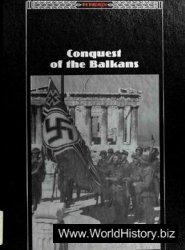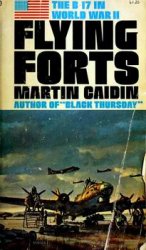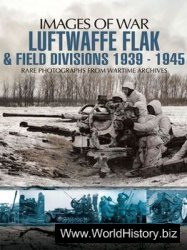A territory inhabited by the Finnic tribe of the Karelians, extending from the shores of Lake Ladoga to Lake Saimaa in the west and the White Sea in the north (mod. Finland and Russia).
The Karelians, first mentioned in written sources in 1143, had their main center at Kexholm (mod. Priozersk, Russia) where the estuary of the river Vuoksi enters Lake Ladoga. By the time of the crusade movement, the Karelians had come under a loose sovereignty of the Russian republic of Novgorod. Archaeological excavations show that Christianity had spread among the Karelians by the eleventh century, but the greater part of the population remained pagan. Karelia was attacked by Swedish crusades during the second half of the thirteenth century, although the principal target of military operations was actually Novgorod: Pope Alexander IV (1254-1261) issued crusading bulls against both Russians and Karelians. During these campaigns (the so-called Third Swedish Crusade), the Swedes attempted to gain control over the rivers Vuoksi and Neva, which formed the main trade routes between Lake Ladoga and the Gulf of Finland. In 1293 they established the fortress of Viborg (mod. Vyborg, Russia) on the Vuoksi and tried unsuccessfully to conquer and hold Kexholm; in 1300 they founded the fortress of Land-skrona on the Neva, but it was lost in 1301.
The war between the Swedes and the Novgorodians continued until 1323, when a border between the two powers was fixed for the first time by the Treaty of Noteborg. This border cut through the Karelian Isthmus and divided Karelia into Swedish and Novgorodian sectors. The Swedish Karelians were soon Christianized in the Roman tradition, whereas Novgorod made little attempt to baptize the Karelians in its sector. The new border may have created the preconditions for peaceful relations between Sweden and Novgorod, but it did not create stability in Karelia. When Novgorod took steps to strengthen its hold on the region, the Karelians revolted in 1337, summoned the Swedes, and killed Russian merchants and Orthodox Christians in Kek-sholm. After two years of war, Novgorod and Sweden renewed the Noteborg Treaty. At Novgorod’s request it now included a new, harsh clause stipulating that all Karelians who fled from one sector to the other were to be either killed or handed back to the other power.
In 1347-1351 the Swedish king Magnus Eriksson, inspired by the mystic (and later saint) Birgitta Birgersdot-tir, directed a last crusade against Novgorodian Karelia. He
Areas: The Case of Karelia,” in Crusade and Conversion on the Baltic Frontier, 1150-1500, ed. Alan V. Murray (Aldershot, UK: Ashgate, 2001), pp. 133-149.
Okhotina, Natalia Aleksandrovna, “The Tale of the Valamo Monastery,” Ortodoksia 42 (1993), 89-135.
Conquered Noteborg and started to baptize both the Karelians of the regions and the Ingrians (Izhorians) to the south, but the Novgorodians retook their fortress and again drove the Swedes out. Toward the end of the fourteenth century, Swedish colonization across the border again tempted the Karelians of Novgorod to change sides, and now the Nov-gorodian church engaged in a deliberate policy of forced conversion of the Karelians. Several Orthodox monasteries were founded, the most important of which was Valamo, established on a former pagan cult center on an island in Lake Ladoga. In military operations, the Novgorodians also killed or expelled pagan Karelians, the closest the Orthodox Church ever came to practicing mission by the sword.
-John H. Lind
See also: Baltic Crusades; Finland; Novgorod; Russia (Rus’); Sweden
Bibliography
Lind, John, “The Russian-Swedish Border according to the Peace Treaty of Noteborg (Orekhovets-Pahkinalinna) and the Political Status of the Northern Part of Fennoscandia,” Mediaeval Scandinavia 13 (2000), 100-117.
-, “The Russian Testament of King Magnus Eriksson—
A Hagiographic Text?” in Medieval Spirituality in Scandinavia and Europe: A Collection of Essays in Honour of Tore Nyberg, ed. Lars Bisgaard, Carsten Selch Jensen, Kurt Villads Jensen, and John Lind (Odense: Odense University Press, 2000), pp. 195-212.
-, “Consequences of the Baltic Crusades in Target




 World History
World History









